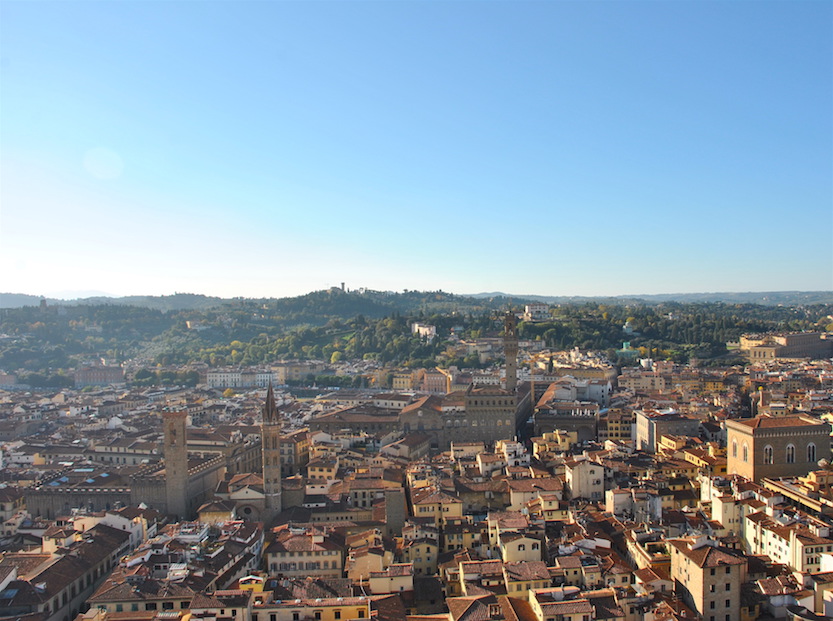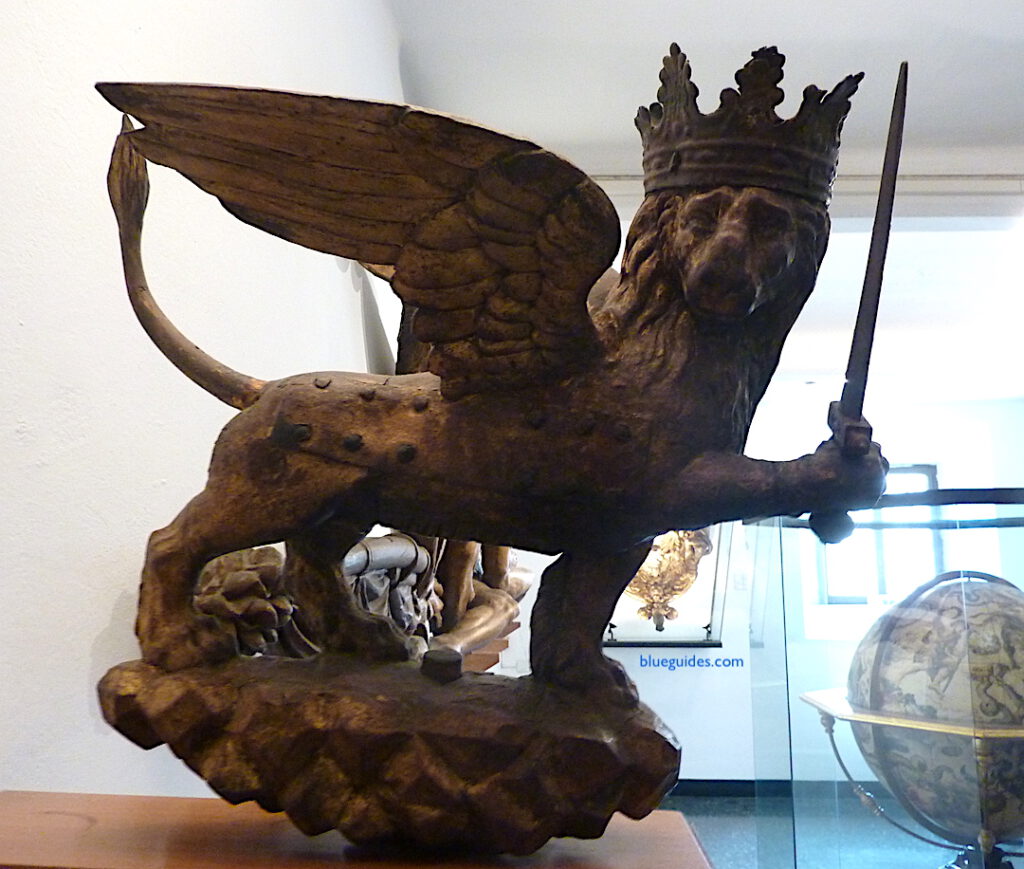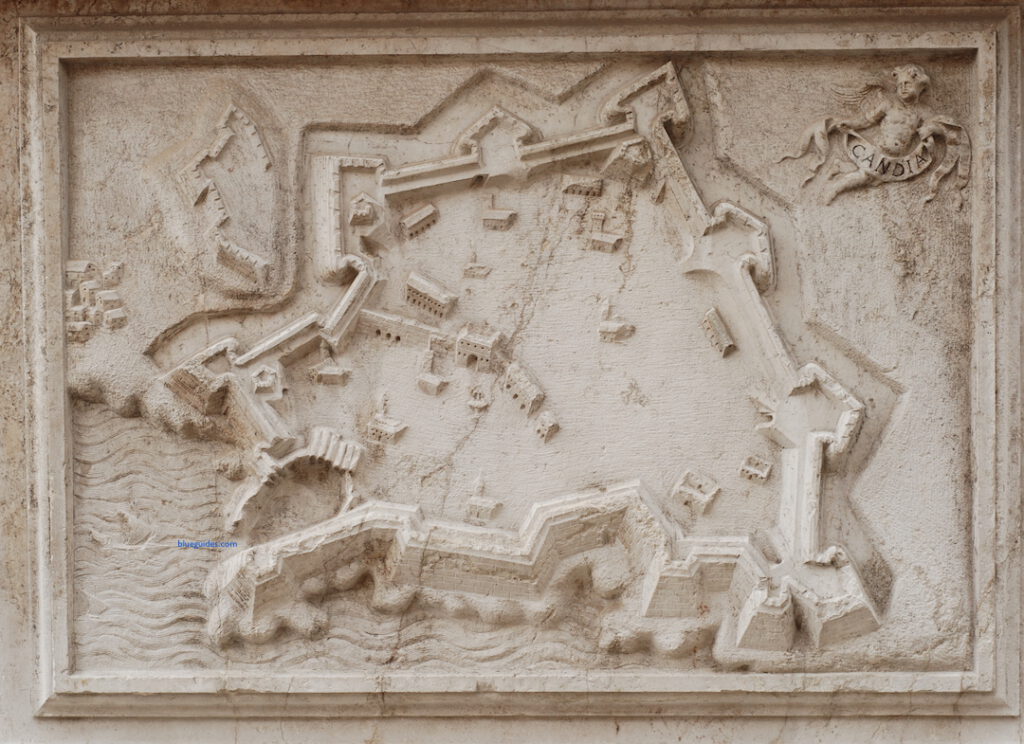At the time of writing this article, Italy was experiencing its second wave of Covid-19 and we were all being invited to stay at home as much as possible to avoid another lockdown. Museums and galleries were still open, even though theatres and concert halls were closed. Since then, however, museums too have had to close their doors and—with the dramatic drop in visitor numbers that this necessarily means—directors are thinking hard about how to plan for the future.
Until the latest closure, there was much to report about the activity of the Gallerie degli Uffizi. The director, Eike Schmidt (who, Florentines were concerned to hear, has himself fallen victim to Covid-19 and is isolating at home), has opened or reopened many more rooms: in 2019 masterpieces by Bronzino, Giorgione, Titian, Tintoretto and Veronese were all rehung. The worksite, known for decades as the ‘nuovi Uffizi’ or ‘grandi Uffizi’ has finally been given an end date: 2024.
Meanwhile the Corridoio Vasariano is set to reopen in 2022 and for the first time in its history it will be decorated with ancient Greek and Roman sculptures and inscriptions. Now that Palazzo Pitti and the Galleria degli Uffizi are united under a single directorship, the corridor will become the natural link between the two, with an exit to Palazzo Pitti. The walkway (nearly a kilometre long), which passes over the Arno by Ponte Vecchio, is especially wonderful for the unique views it gives of the city through its little round windows. Over the past 60 years, many directors attempted to reopen it fully but none succeeded and latterly it had become an expensive ‘extra tour’ offered by travel agencies, accessible only by booking months ahead and given a rather exaggerated ‘off the beaten track’ appeal. Now, thankfully, it is to become part of the visit to the Uffizi and work should begin in 2021.
Another piece of good news is that the Uffizi’s official website, with its easy booking system, is now up and running after the director successfully saw off a number of organisations with websites posing as ‘official Uffizi ticket vendors’. The website also has a catalogue of all the works on display and you can make a virtual tour of part of the gallery.
Government funds have also been made available to proceed with the loggia designed by Arata Isosaki. In 1998, Isozaki won an international competition to design a new entrance to the Uffizi. Protests immediately ensued—understandably, since the new design would encroach on the integrity of the the remarkable urban space created by Vasari. Isozaki’s winning entry will now be used as a new exit, on the other side of the building (although its detractors still consider that the proposed gigantic loggia will represent an unforgivable intrusion into the heart of Florence, just metres away from Palazzo Vecchio). The present director argues that it should be seen as a contemporary interpretation of a classical Renaissance loggia. If, as he has suggested, it is up and functioning by Christmas 2024, we will find out whether others share his view. The area designated for its construction has for years been a building site, abandoned behind hoardings, so there will be some relief that at least the present unsightly exit will no longer exist. Nevertheless, it is tempting to wonder if the size of the loggia couldn’t be modified, to help it settle more comfortably into the Florence townscape.

The dramatic drop in visitors because of Covid-19 remains a cause for concern. An experimental remedy by the Uffizi has been to take out advertisements in the national press, encouraging people to visit. This is an unprecedented move, aimed at Italians rather than tourists. This year Eike Schmidt even joined Chiara Ferragni, a famous influencer, who was at the Uffizi modelling for Vogue Hong Kong (an event which in itself must have brought a princely sum into the gallery’s coffers). The director made use of her visit for a much publicised ‘photo opportunity’—an Instagram selfie with Chiara in front of Botticelli’s Primavera—something which left many of Florence’s more traditional academics gasping. Schmidt was quick to point out that his photo-op had led to a considerable increase in young visitors to the gallery and had been an excellent marketing ploy, helping the Uffizi and its treasures to reach Chiara Ferragni’s 20 million followers. Critics from the ancien régime felt Schmidt had lowered himself to the role of ‘rock star’.
There has also been research into the attics and deposits of both the Pitti and the Uffizi, and three more ‘famous people’ have been found belonging to the series of portraits painted by Cristofano dell’Altissimo which forms an incredibly long frieze beneath the ceilings of the three corridors on the Uffizi’s second floor. They were commissioned by the Medici in 1552–89, copies of portraits collected by the historian Paolo Giovio, who died in 1552. One of the three is of the young Henry VIII of England, who will be able to take his place among this exalted company after restoration. We are told that another, better-known series of ‘famous men’, frescoed by Andrea del Castagno for a room in a villa in a suburb of Florence and which has been in the Uffizi (but rarely visible) since the mid-19thcentury, is finally to be given its own room in the gallery.
In the last few months Schmidt has also suggested that some paintings could be returned to the churches from which they were removed. This might include Duccio’s Rucellai Madonna, painted for a chapel in Santa Maria Novella. It was moved from there to the Uffizi in 1948. However, Schmidt has also publicly recognised the complications involved. Such a move would naturally open up a whole debate. The reasoning behind the idea is to draw visitors to other places in Florence and ‘decentralise’ the Uffizi, creating a network of museums along the lines of a museo diffuso (a concept much in vogue in Italy at present, where visitor overcrowding at certain key sights has been a growing problem—at least before Covid-19). One of the buildings suitable for use in such a project could be the Medici Villa at Careggi, which has been inaccessible for decades.
And finally, the Uffizi has recently welcomed the loan of Joseph Wright of Derby’s An Experiment on a Bird in the Air Pump (1768), from the National Gallery in London, which is the centrepiece of an exhibition exploring the relationships between art and science (for an English video, see here).
by Alta Macadam, author of Blue Guide Florence.








